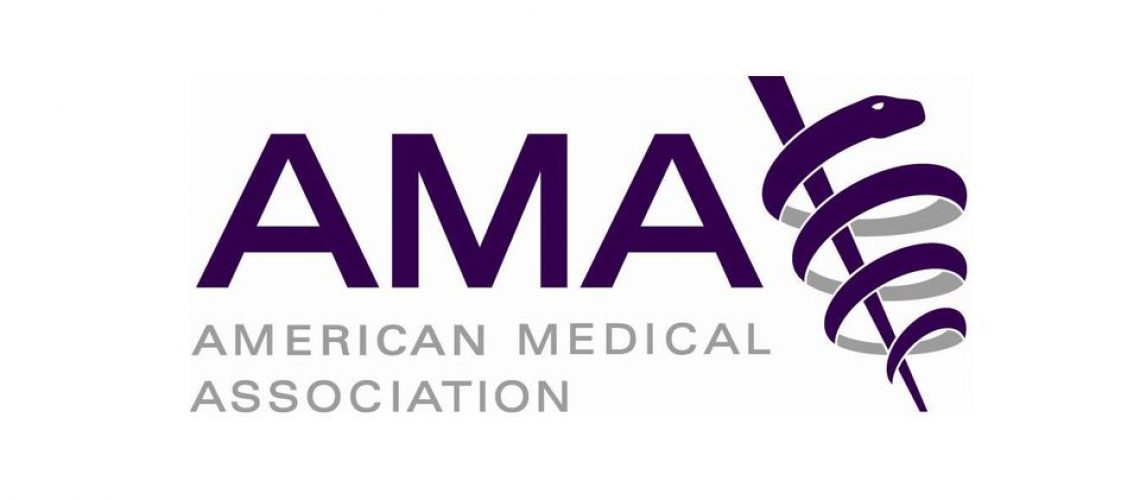The need to improve patient access to mental and behavioral health services is undeniable, and tools from the AMA and others are available to help primary care practices integrate these services into their workflow and ensure they are properly paid for these services.
When Northwestern Medicine needed to provide greater access to behavioral health services for its Chicago-area patients, it did so by developing a collaborative care model that allows patients to get the care they need and eliminates some of the insurance payment issues that often create barriers to access.
“Our psychiatrists are swamped and more patients need psychiatric support than we have psychiatrists,” Jacob Atlas, a senior practice manager in Northwestern’s psychiatry department, said during an AMA webinar, “Behavioral Health Billing & Coding 101: How to Get Paid.”
Collaborative care creates opportunities to provide patients with access to services they were not receiving before, Atlas explained.
“It’s really exciting stuff,” he said.
The AMA webinar gives physician practices and health systems a broad introduction to behavioral health coding to help them get properly paid for such services. It is the second installment of the Behavior Health Integration (BHI) Collaborative’s Overcoming Obstacles webinar series.
The AMA and seven other leading physician organizations established the BHI Collaborative to serve as a vehicle for catalyzing effective and sustainable behavioral health care into physician practices. Learn about AMA efforts to improve behavioral health, amid COVID-19 and beyond.
Codes identify convergence of needs
The behavioral health services discussed in the webinar fall into nine categories of the AMA Current Procedural Terminology (CPT®) code set, Leslie Prellwitz, the AMA’s director of CPT content management and development, said during the webinar.
Prellwitz described how Northwestern’s collaborative care model and the co-located model, which has on-site behavioral health clinicians working within a physician practice, serve as “continuum of structure” bookends for integrating behavioral and medical health services to provide overall health care.
For physicians thinking about how to structure and code for behavioral health services into their practices, Prellwitz noted that they will probably find some variance in between these two archetypes.
On the co-location side are codes addressing preventive medicine and behavior change interventions that aim to change harmful behavior before it creates a medical problem. Preventive services covered here include counseling risk-factor reduction and behavior change interventions that promote health and can prevent illness or injury. Meanwhile, the interventions are connected to a medical condition that is related to or exacerbated by behavior.
The next two groups of codes cover psychotherapy as part of evaluation and management services and developmental and behavioral screening. Moving closer to the collaborative care end of the continuum are codes for adaptive behavior services and health behavior assessment and intervention.
The assessment and intervention codes were described by Prellwitz as “a blend of the medical and psychological issues” and an acknowledgment that behavioral health issues cannot always be treated in isolation and a whole gamut of services may be needed.
Finally, there are codes for general behavioral health integration care management, psychiatric collaborative care management, and cognitive assessment and care plan services. “You have a physician or another qualified health professional guiding the work of a defined team,” Prellwitz said.
Reducing insurance barriers to treatment
Northwestern’s program uses the psychiatric collaborative care management codes to cover communication between the patients and the primary physician, communication to the behavioral care manager from both the patient and the primary care physician, and communication between the care manager and a consulting psychiatrist.
“The majority of this is done over the phone—and that was even before COVID,” Atlas said. “Every encounter is billable. Anything that can be described as the ‘provision of behavioral health’ is technically allowable as a billable service. …The insurance barrier to treatment is basically zero.”
He acknowledged that collaborative care can be “complex to navigate,” but he encouraged webinar viewers to investigate whether it could work for them.
“This is different from the health care we’re used to seeing in an outpatient setting,” Atlas said. “It allows us to offer our patients so much additional clinical benefit.”
——————————————————
Photo courtesy of: American Medical Association
Originally Published On: American Medical Association
Follow Medical Coding Pro on Twitter: www.Twitter.com/CodingPro1
Like Us On Facebook: www.Facebook.com/MedicalCodingPro







